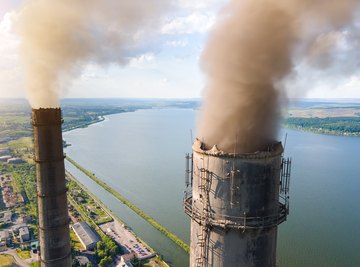Vatican city,Rome
Vatican City History Vatican City, also known as the Holy See, is an independent city-state located within the city of Rome, Italy. It is the smallest country in the world in terms of both size and population, with an area of just 44 hectares and a population of around 800 people. However, its significance to the Catholic Church and the world is immense. The history of Vatican City dates back to ancient Rome, when the site was known as the Mons Vaticanus. It was a small hill located outside the ancient city walls, where the Roman army stored weapons and conducted military exercises. In the 4th century AD, Emperor Constantine I built a basilica on the site in honor of St. Peter, one of the twelve apostles of Jesus Christ and the first Bishop of Rome. Over the centuries, the Vatican became the center of the Catholic Church and the seat of the Pope. In the 14th century, Pope Nicholas V ordered the construction of a new palace on the site, which would become the residence of the Pope ...





Comments
Post a Comment